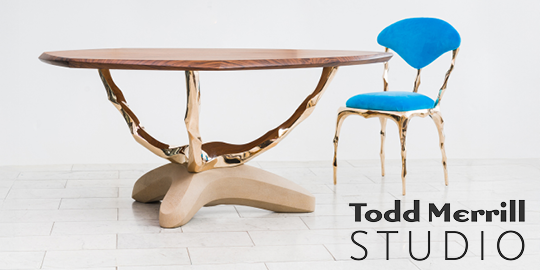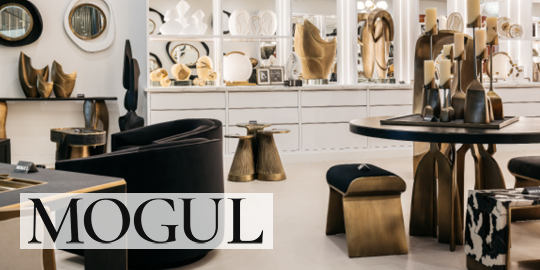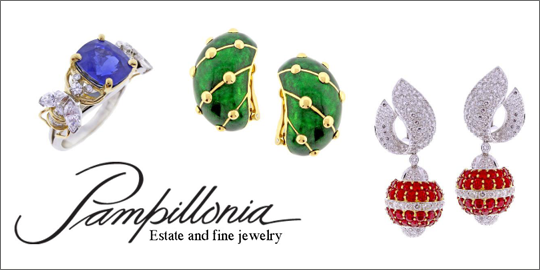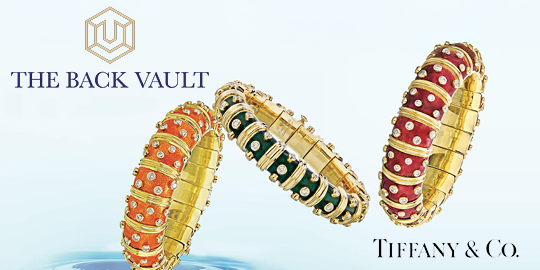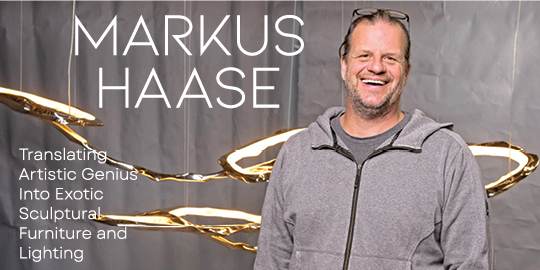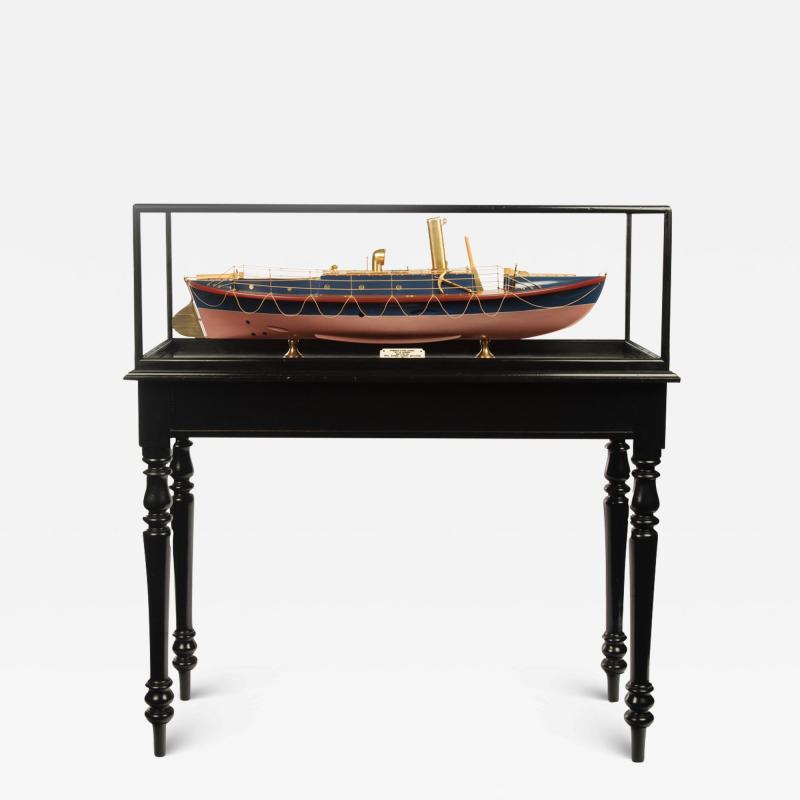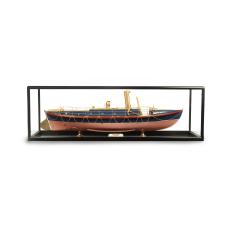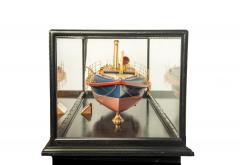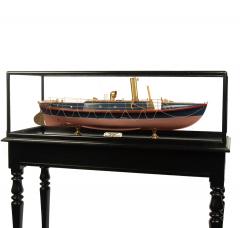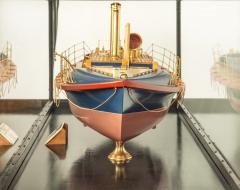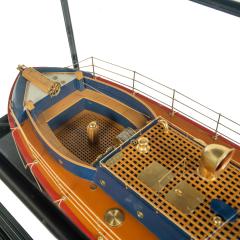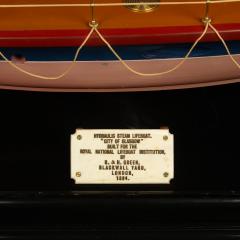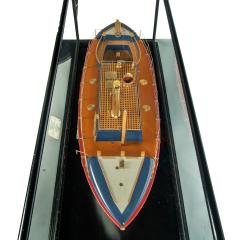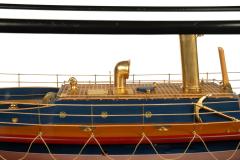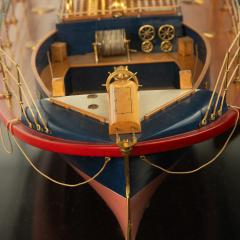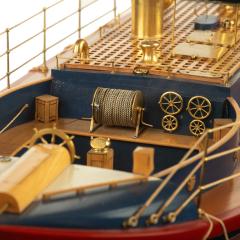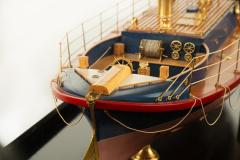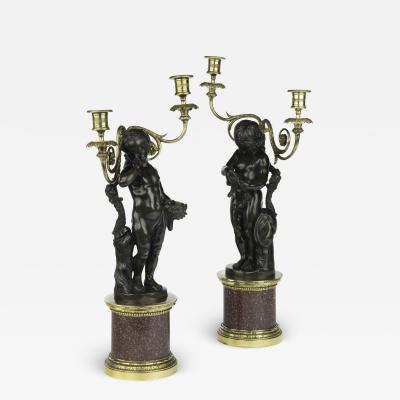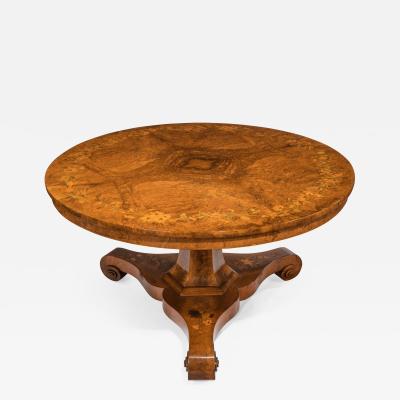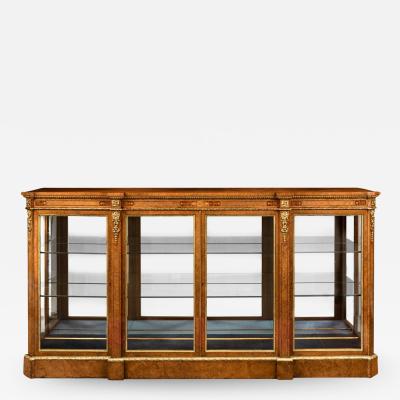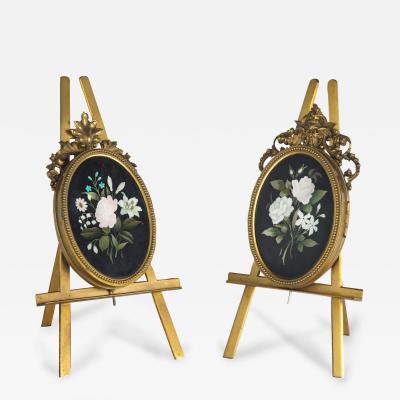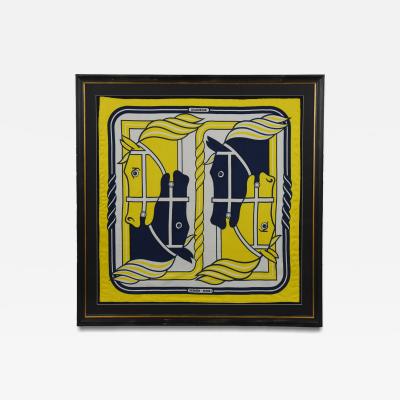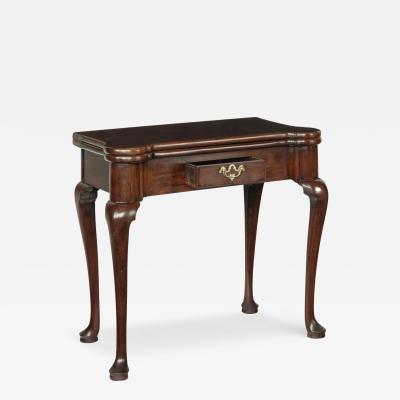Sir Harold Dudley Clayton’s Hydraulic Steam Lifeboat: City of Glasgow, 1894
-
Description
Sir Harold Dudley Clayton’s Hydraulic Steam Lifeboat: City of Glasgow, 1894. This fine builder’s presentation scale model has a gilt brass funnel, polished brass rudder, capstan, anchor, binnacle and fittings with side grab ropes. The hull is painted in RNLI blue and red, with a pink keel. It is raised on a turned brass support within an ebonised glazed case on a stand and has a presentation plaque inscribed ‘Hydraulic Steam Lifeboat City of Glasgow’ Built For the Royal National Lifeboat Institution, by R & H Green, Blackwall Yard, London, 1894′.
Provenance: Sir Harold Dudley Clayton. The following pages are dedicated to the substantial and fascinating archive of Sir Harold Dudley Clayton. This includes the lifeboat model above, over 100 yacht designs and naval architects’ drawings, photograph albums, photographic glass slides and a model of his yacht Coquette.
Steam-powered lifeboats. Earlier in the 19th century steam had transformed Britain’s industrial landscape through the development of steamships and the railways. But tending a coal-fired boiler in a boat that is pitching and rolling in heavy seas would not have been straightforward. Sixty years after the idea was first mooted by Sir William Hillary and after extensive trials, the first steam-cum-sail boat Duke of Northumberland went into service at Harwich Lifeboat Station in September 1890. The hydraulic steam-driven lifeboat used waterjets instead of propellers. This advance in technology would replace the rowing boats used by the RNLI and marked the beginnings of modernisation across the lifeboat fleet. Only five steam lifeboats were ever built. Two of these, City of Glasgow and Queen, used waterjets; the other three, City of Glasgow II, James Stevens No. 3 and James Stevens No. 4 were propeller-driven. Between them, the three hydraulic steam-driven lifeboats were in service for over 40 years and saved 570 lives. A similar model of the City of Glasgow is held in the Science Museum. London. -
More Information
Origin: England Period: 19th Century Materials: Ebony, brass Condition: Good. Creation Date: 1894 Styles / Movements: Traditional Incollect Reference #: 736329 -
Dimensions
W. 48.75 in; H. 15.25 in; D. 18.5 in; W. 123.83 cm; H. 38.74 cm; D. 46.99 cm;
Message from Seller:
Wick Antiques, established by Charles Wallrock in the early 1980s, specializes in fine antiques with a reputation built on extensive knowledge and long-standing relationships, including with Harrods. Contact Charles at 44.159.067.7558 or via email at charles@wickantiques.co.uk for exceptional pieces curated by a team with expertise in Islamic, Japanese, and fine works of art.





